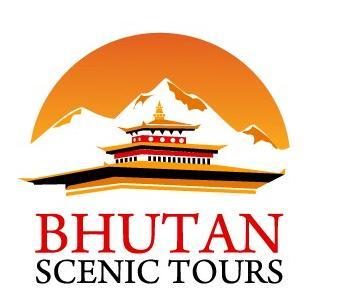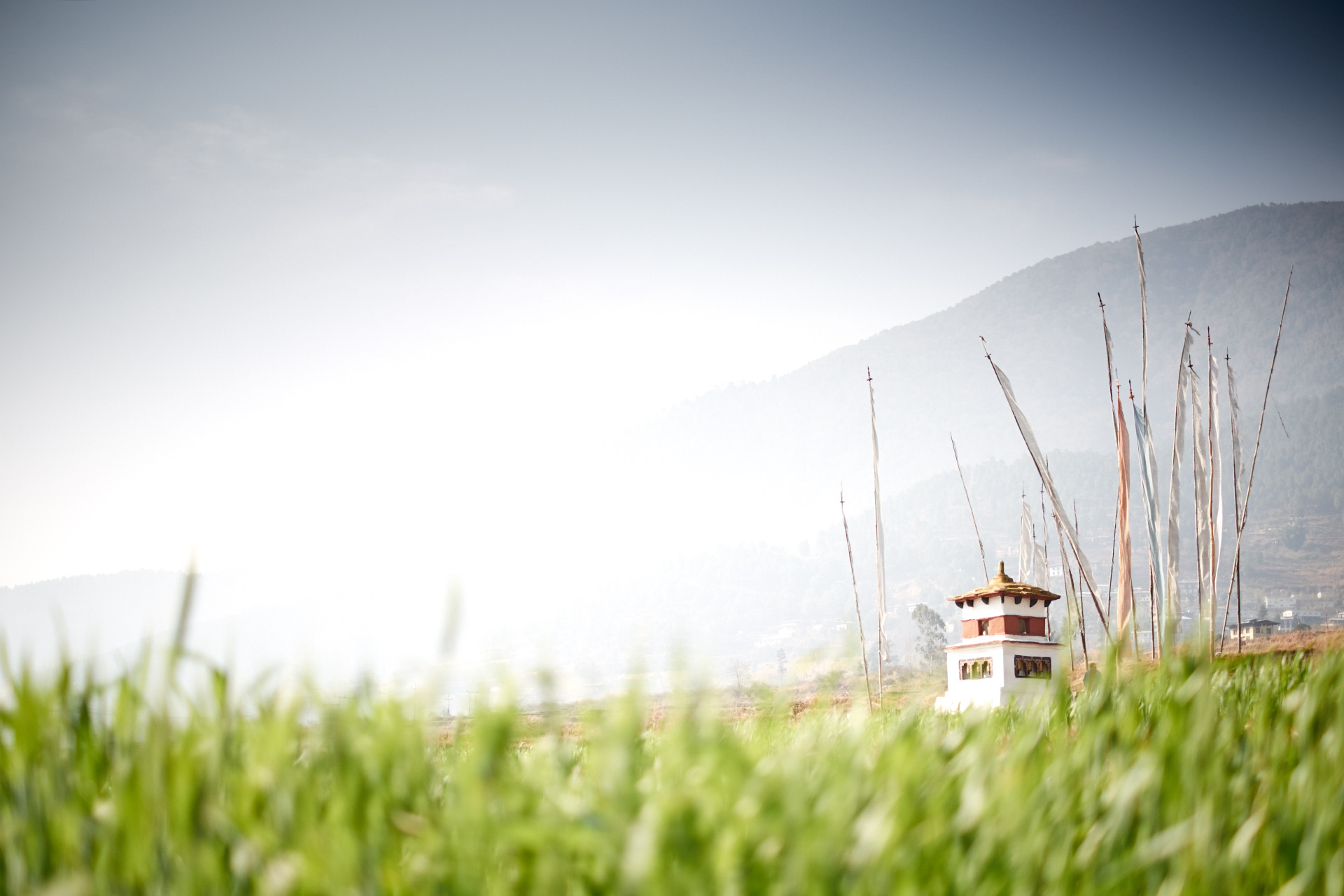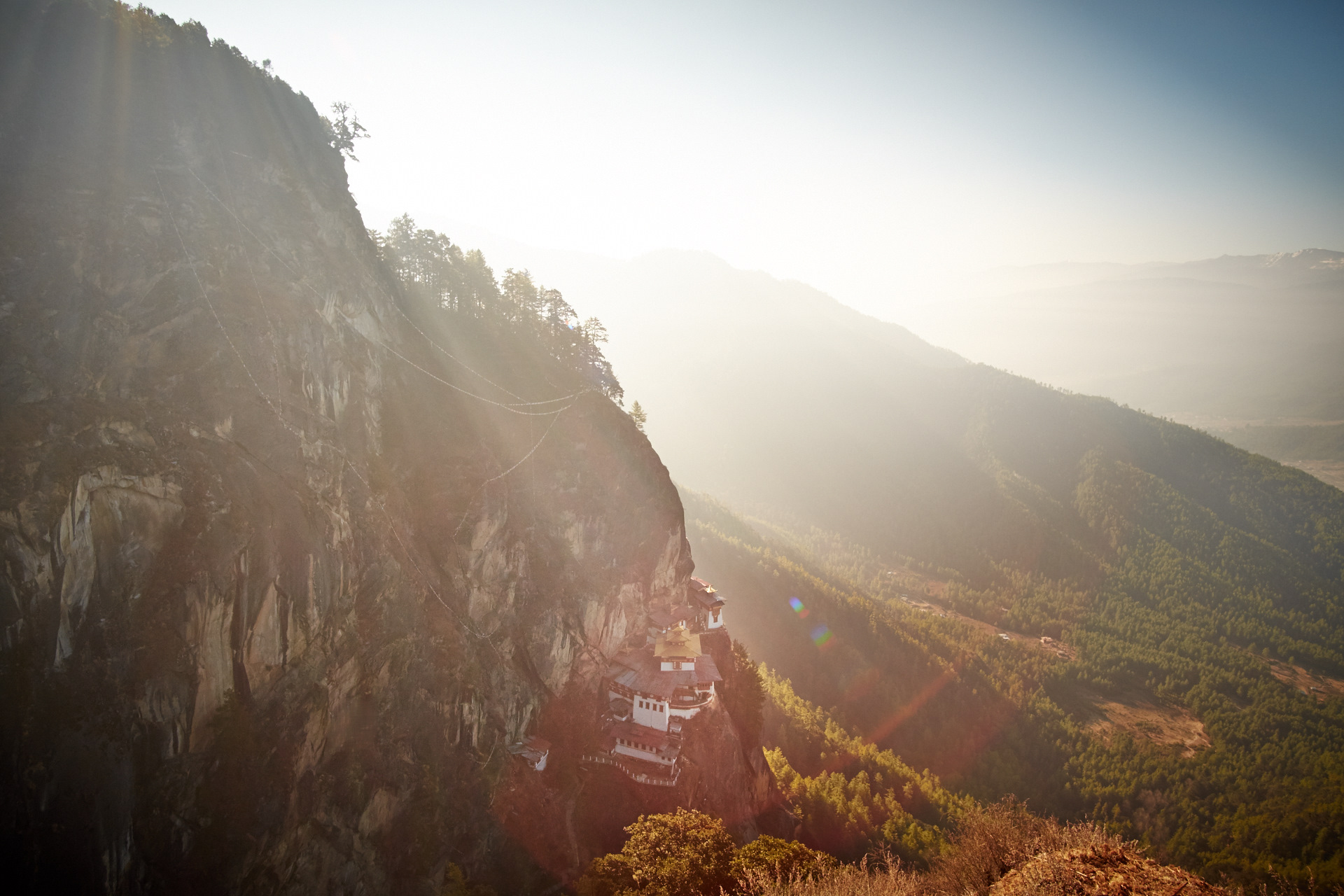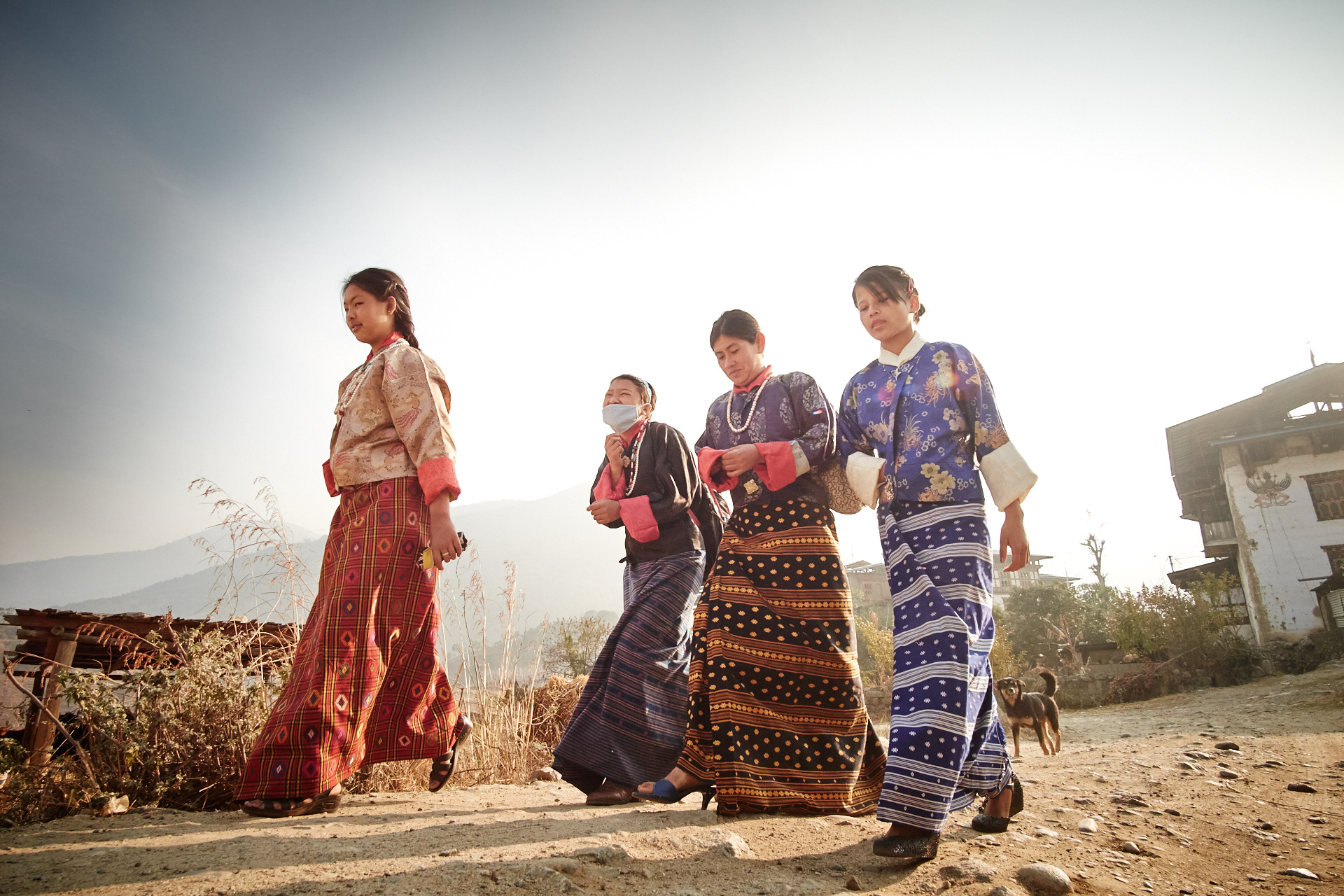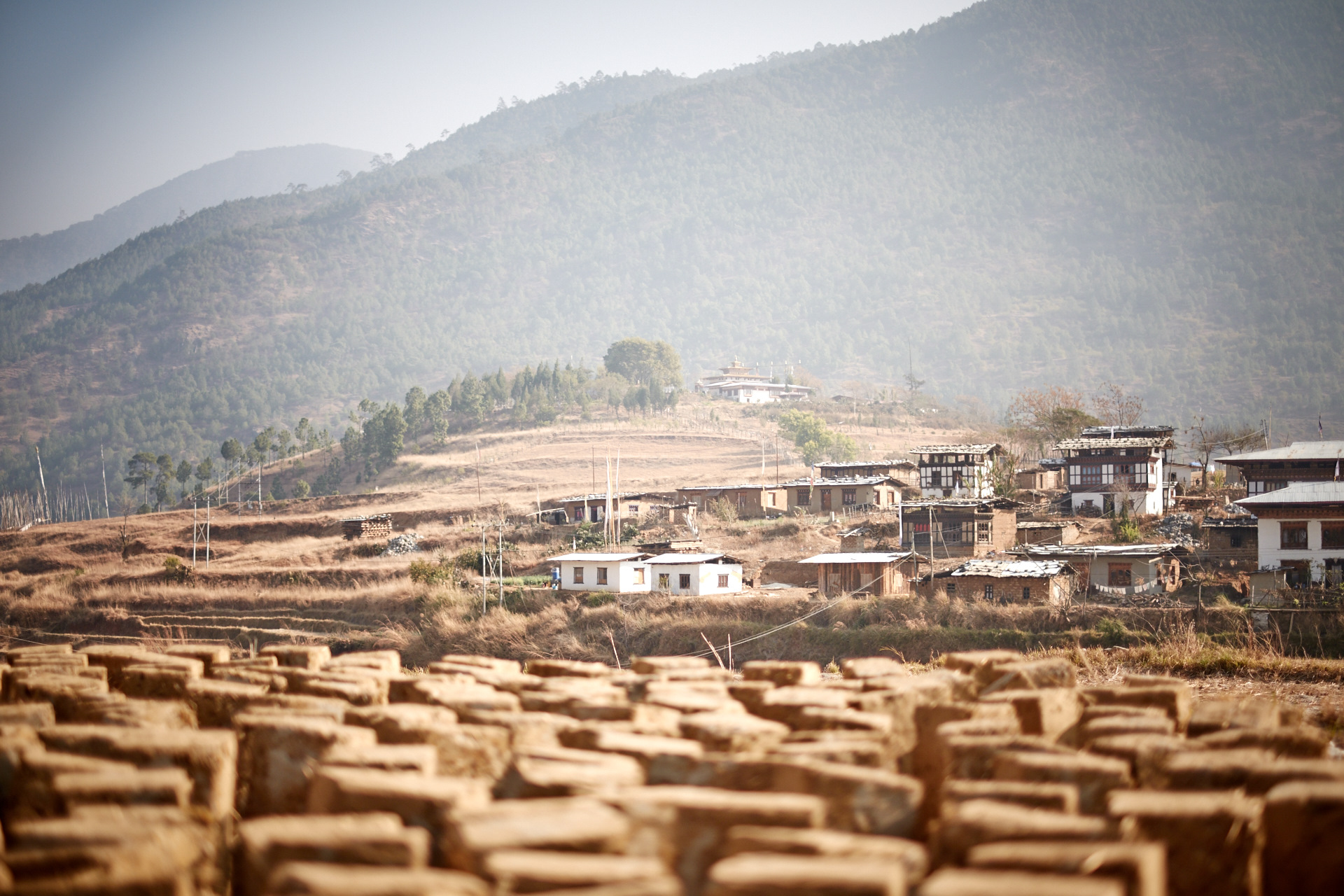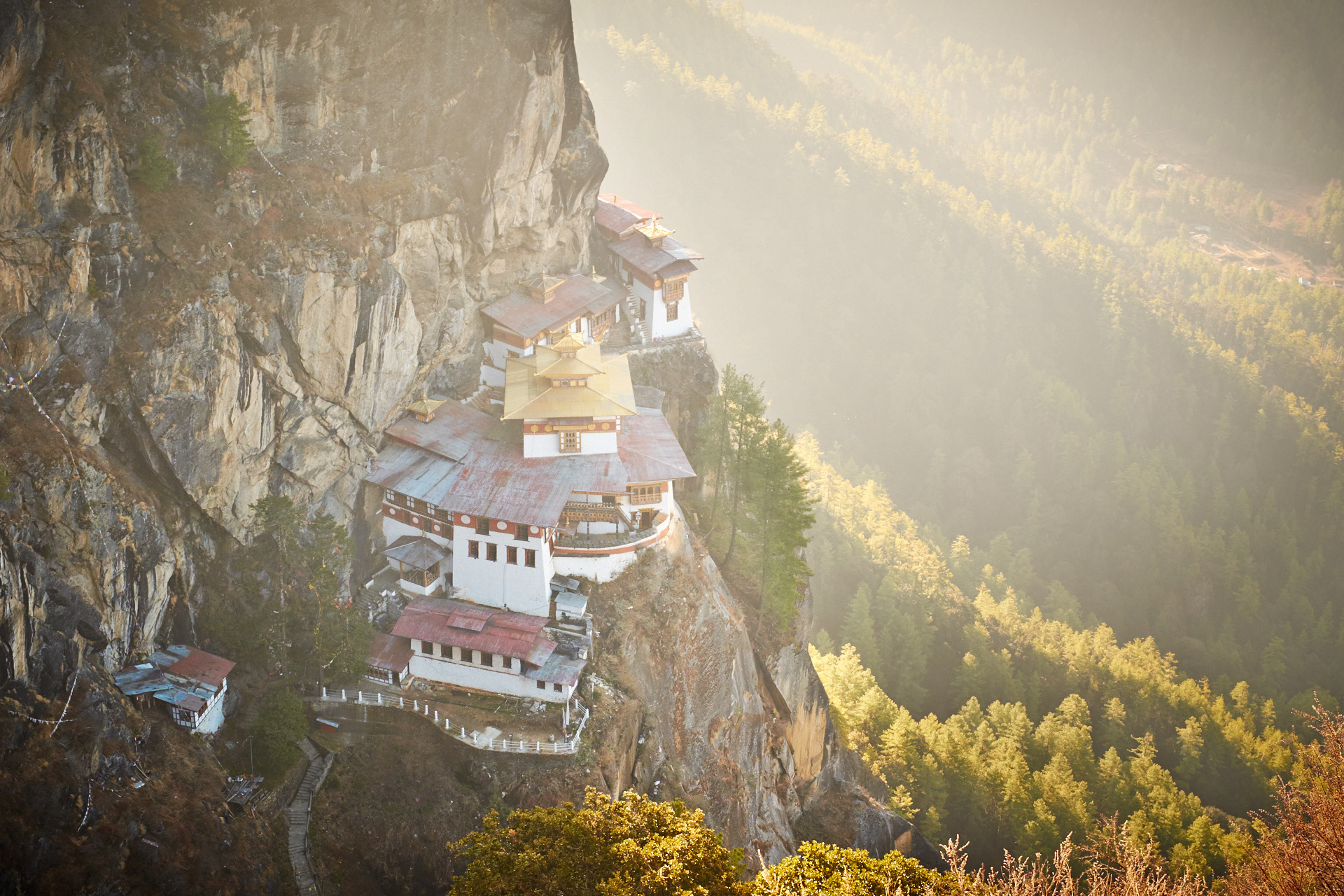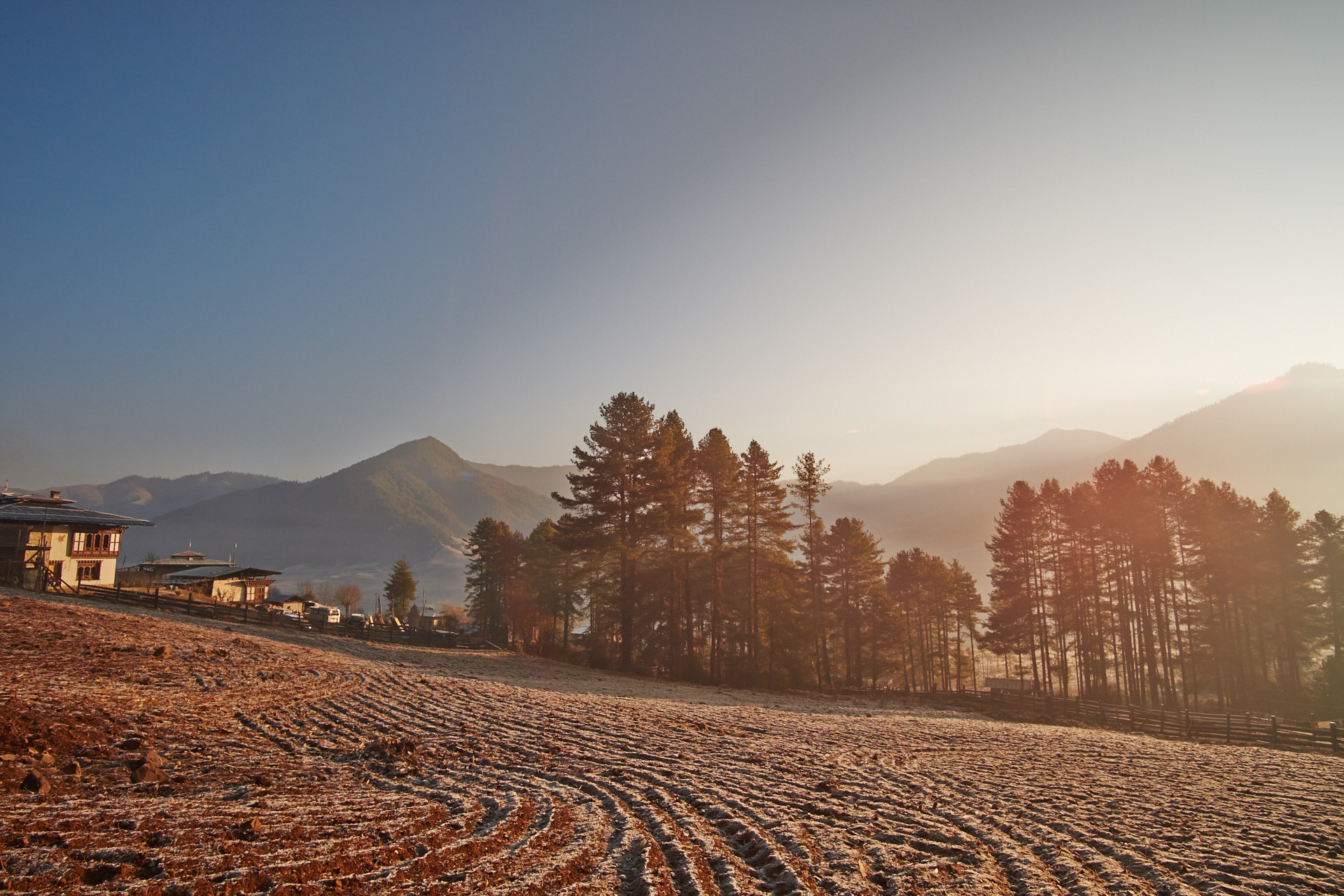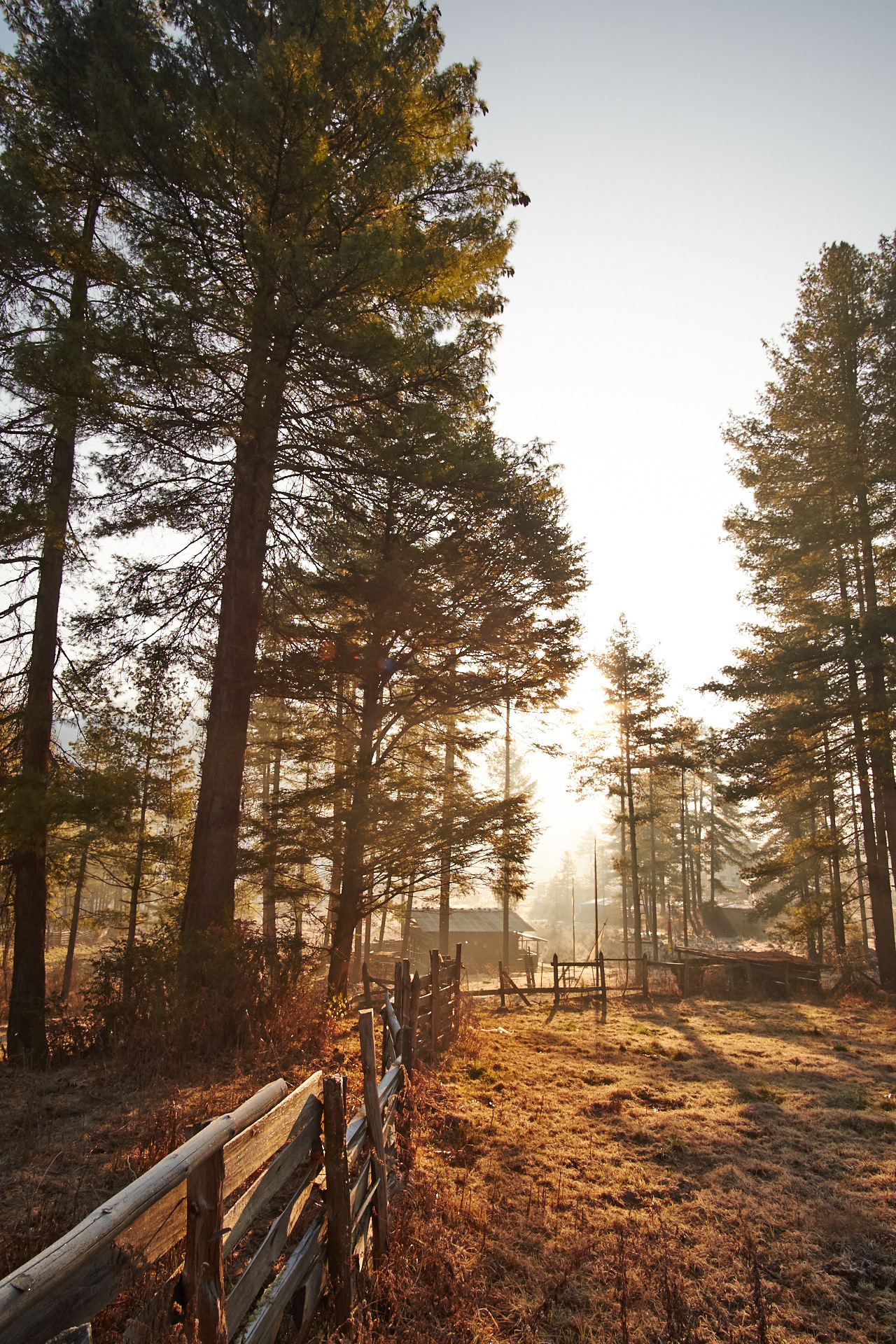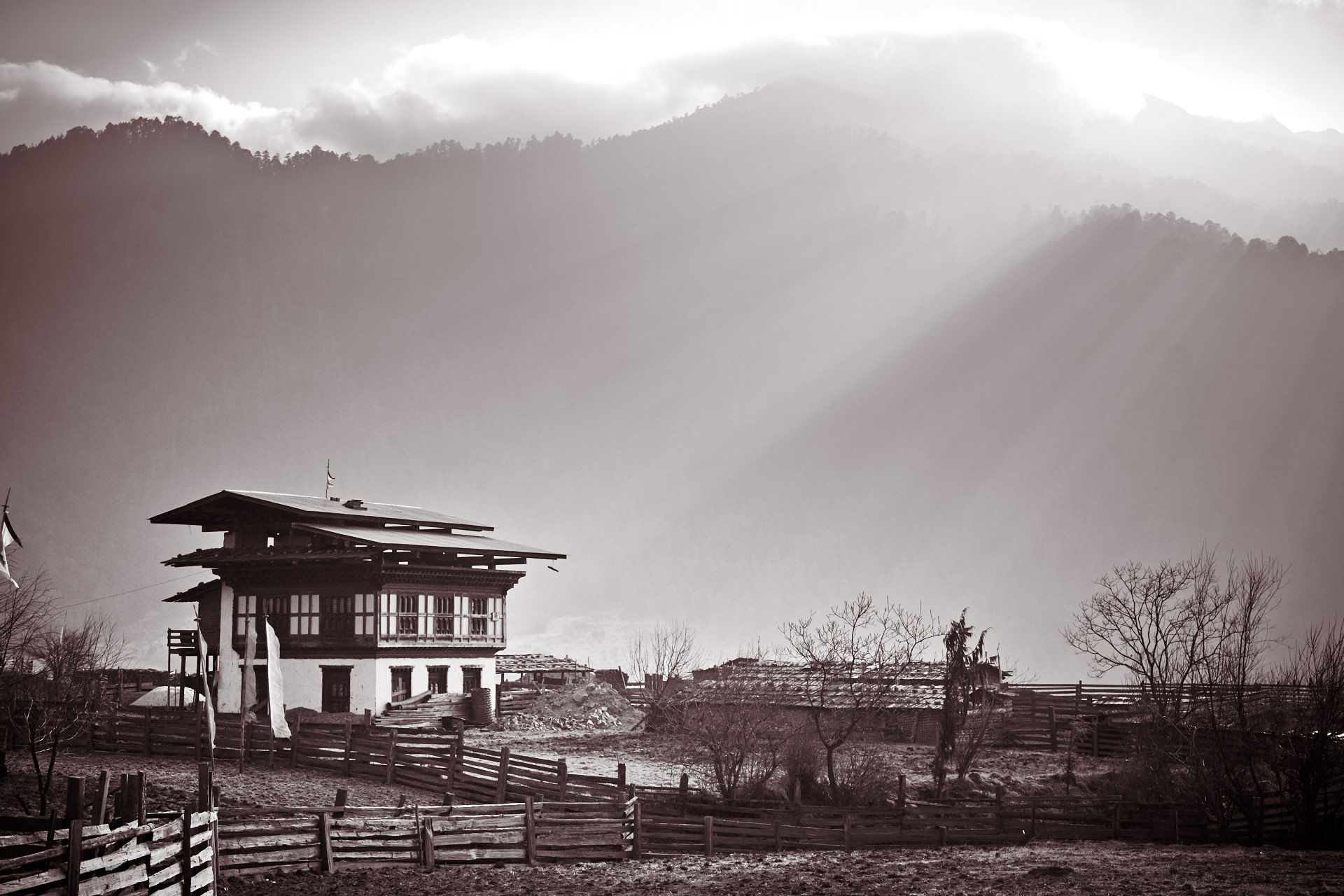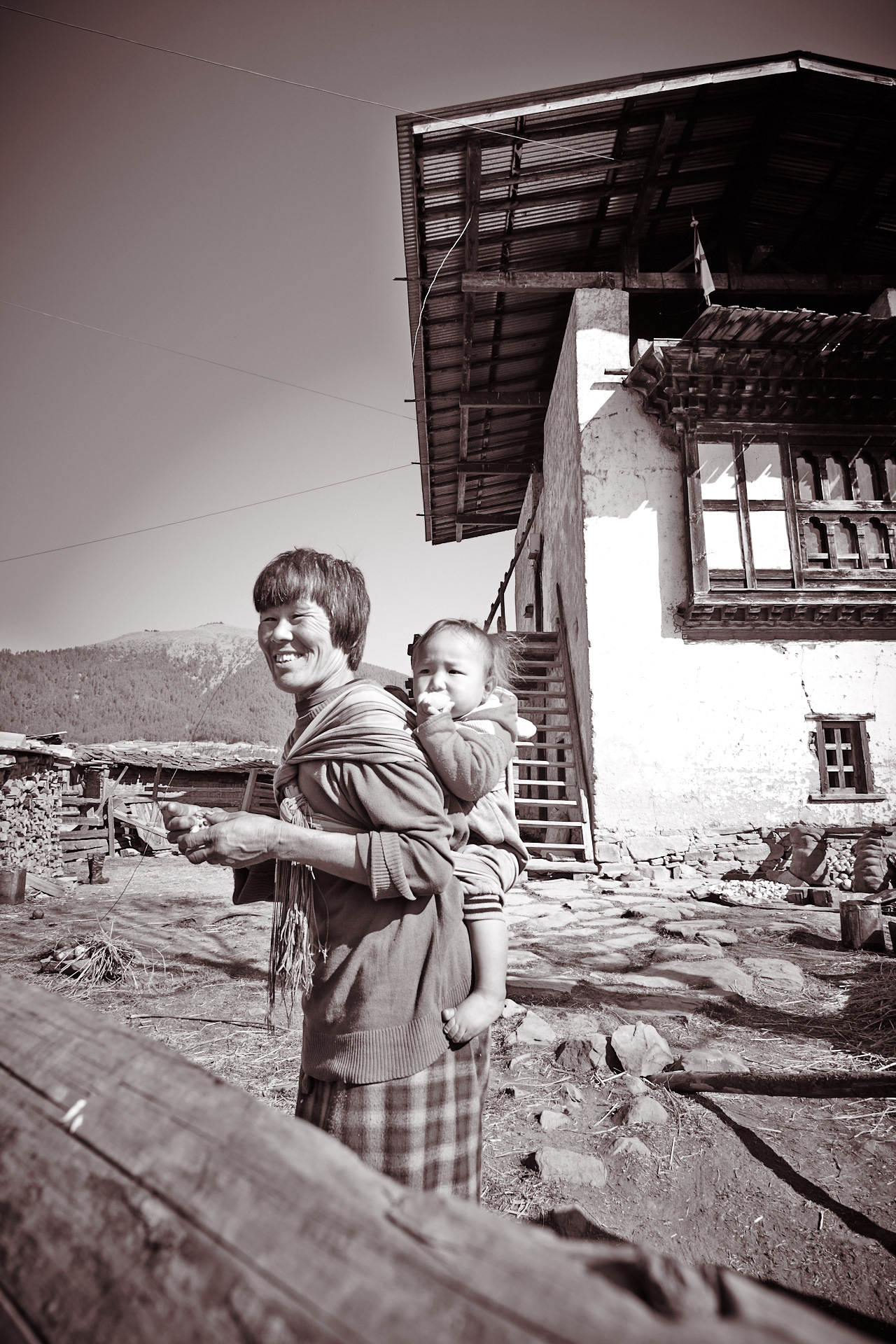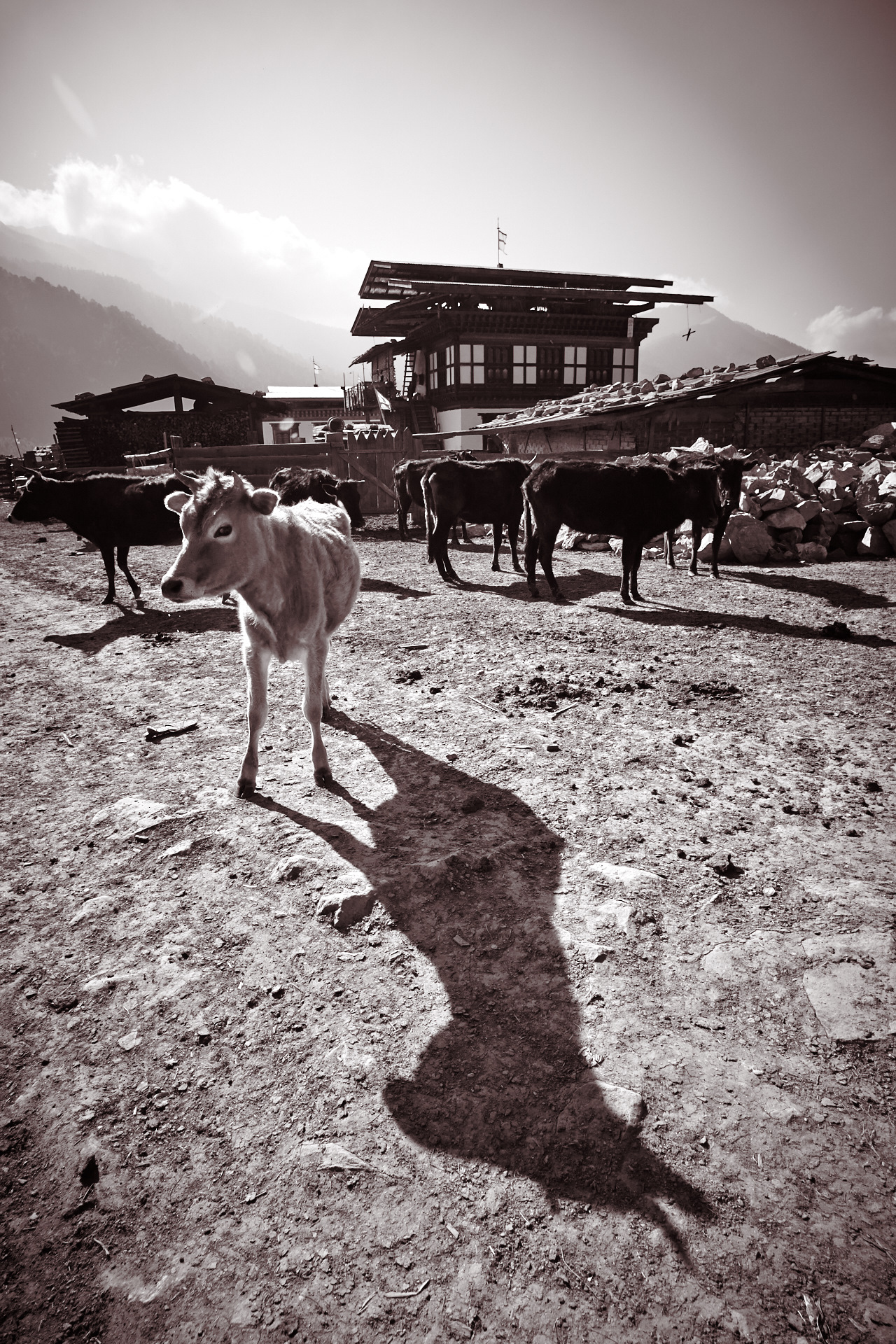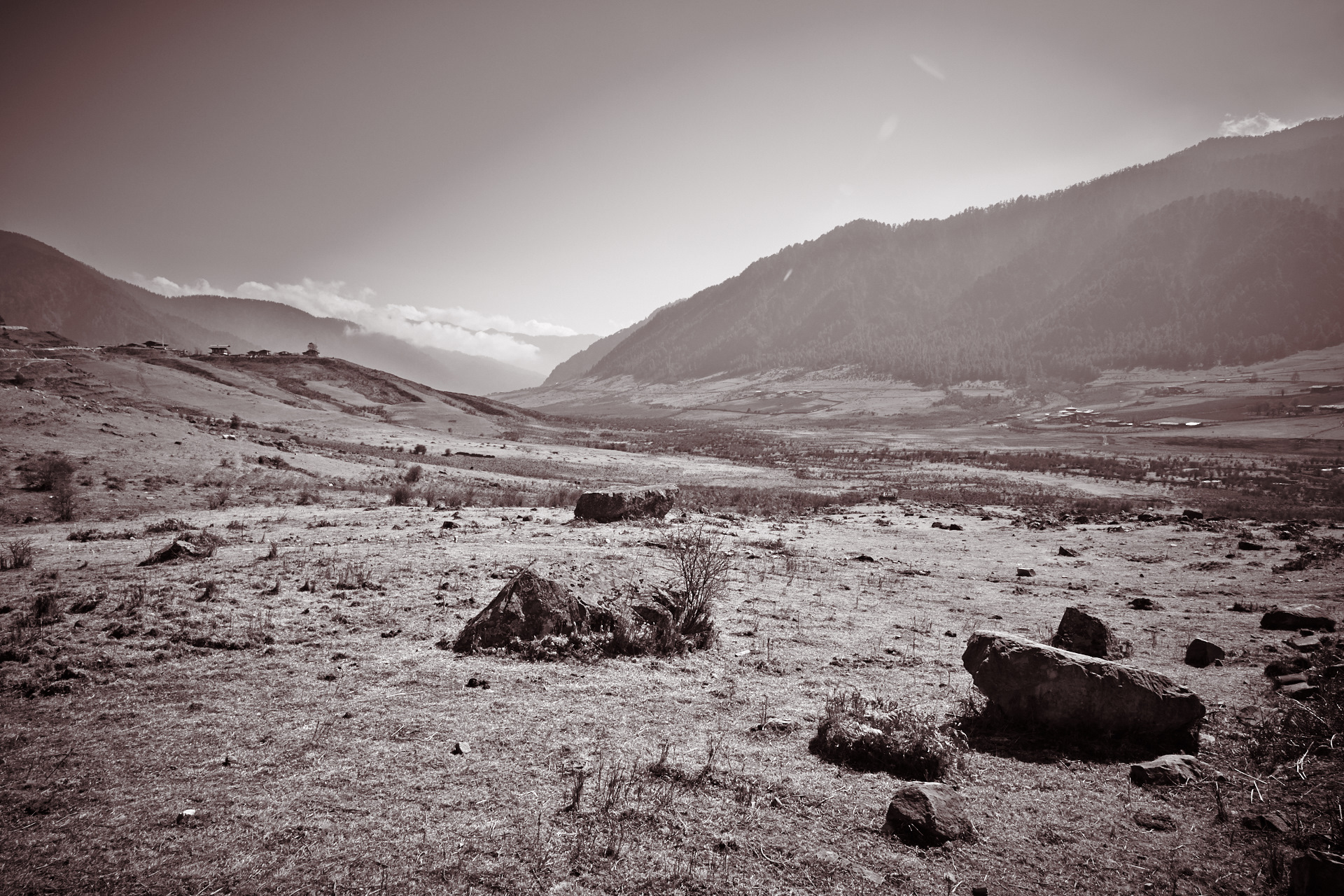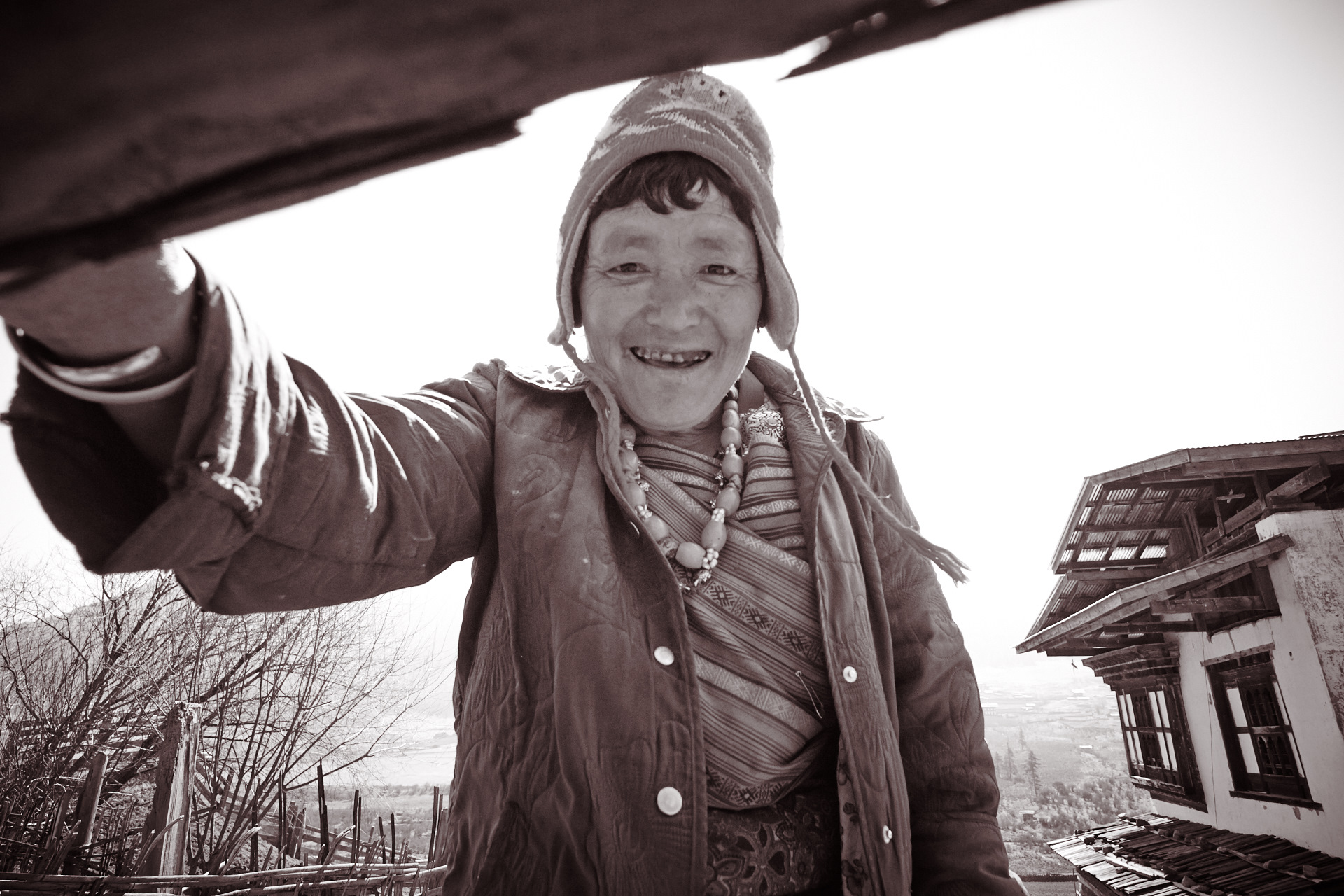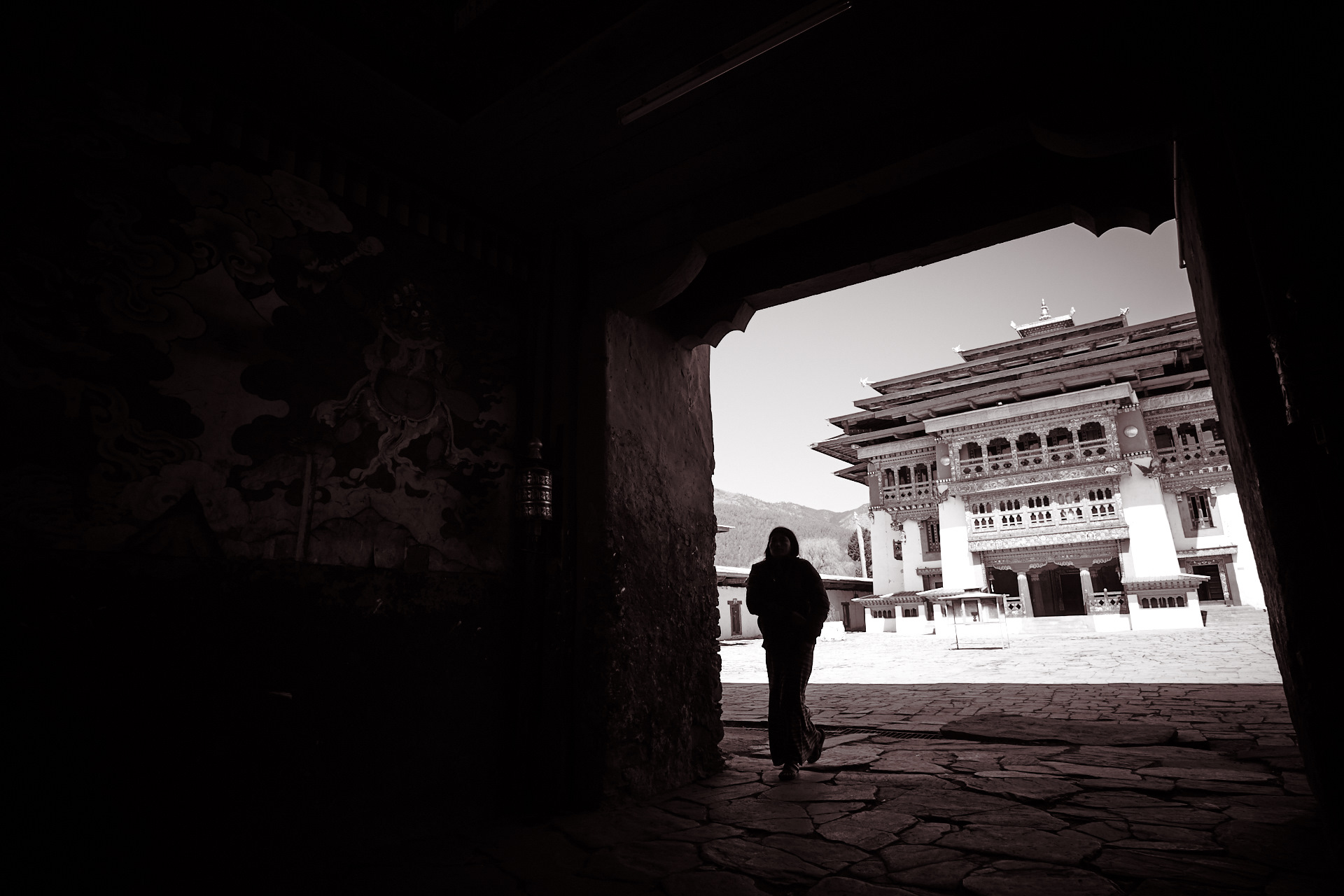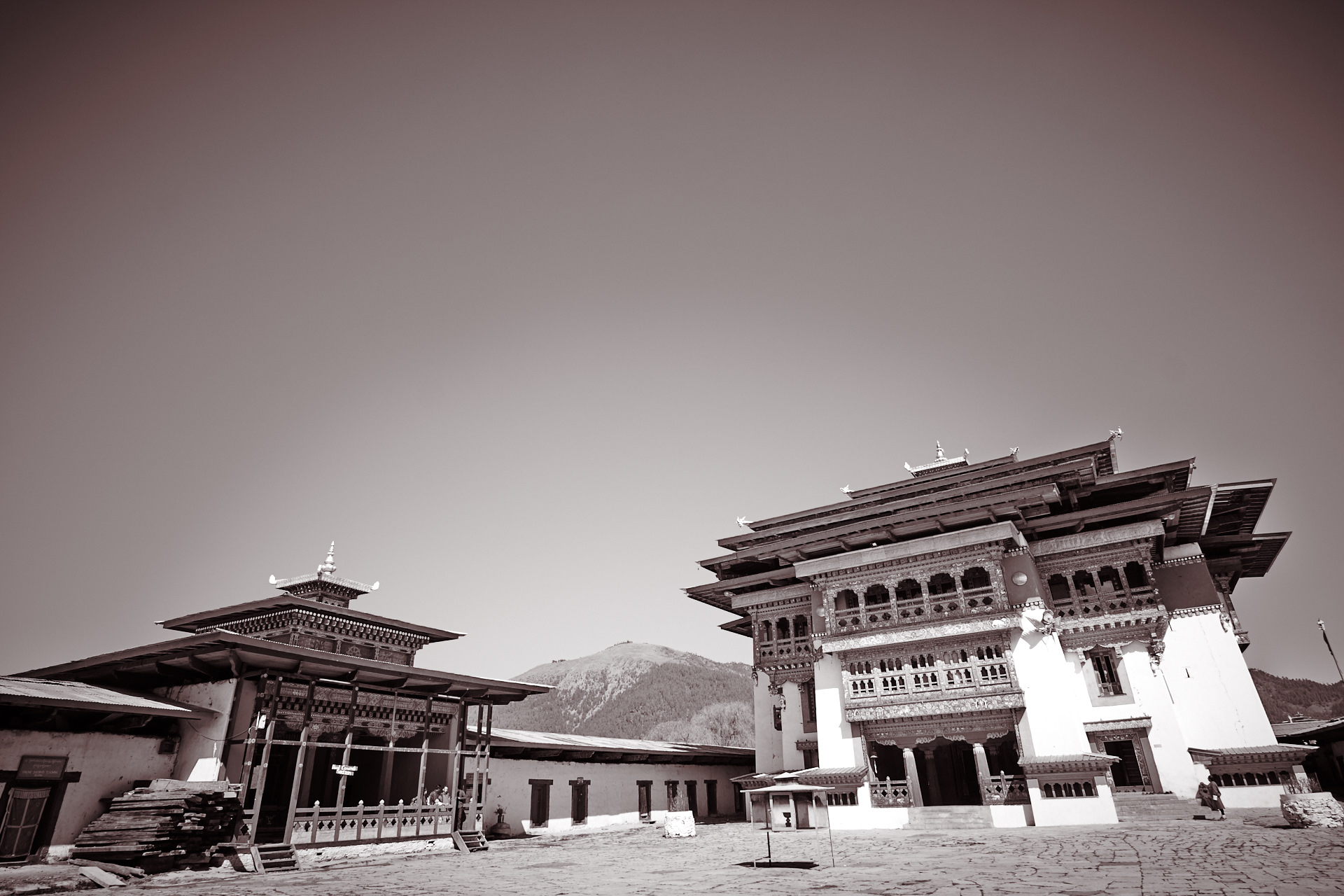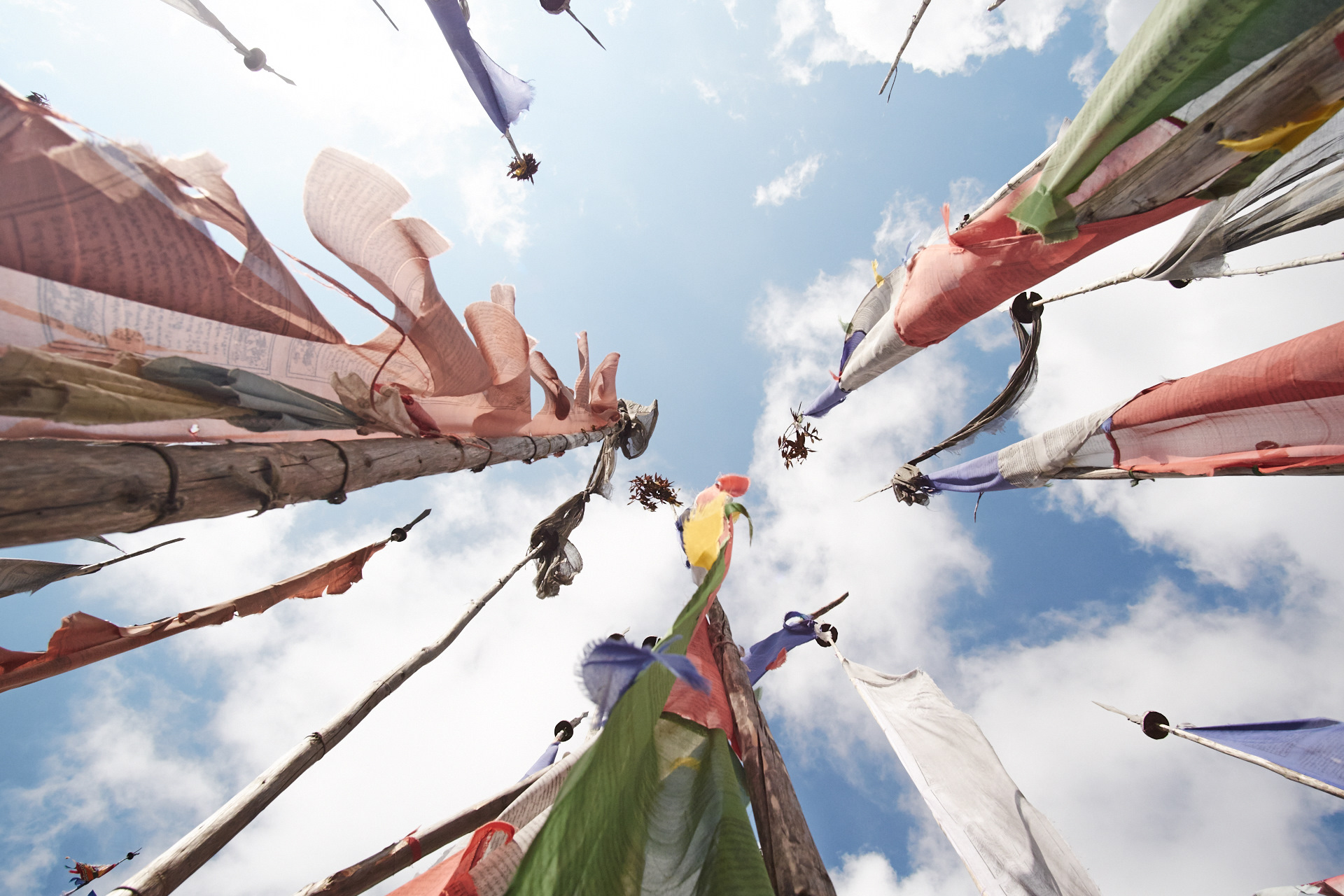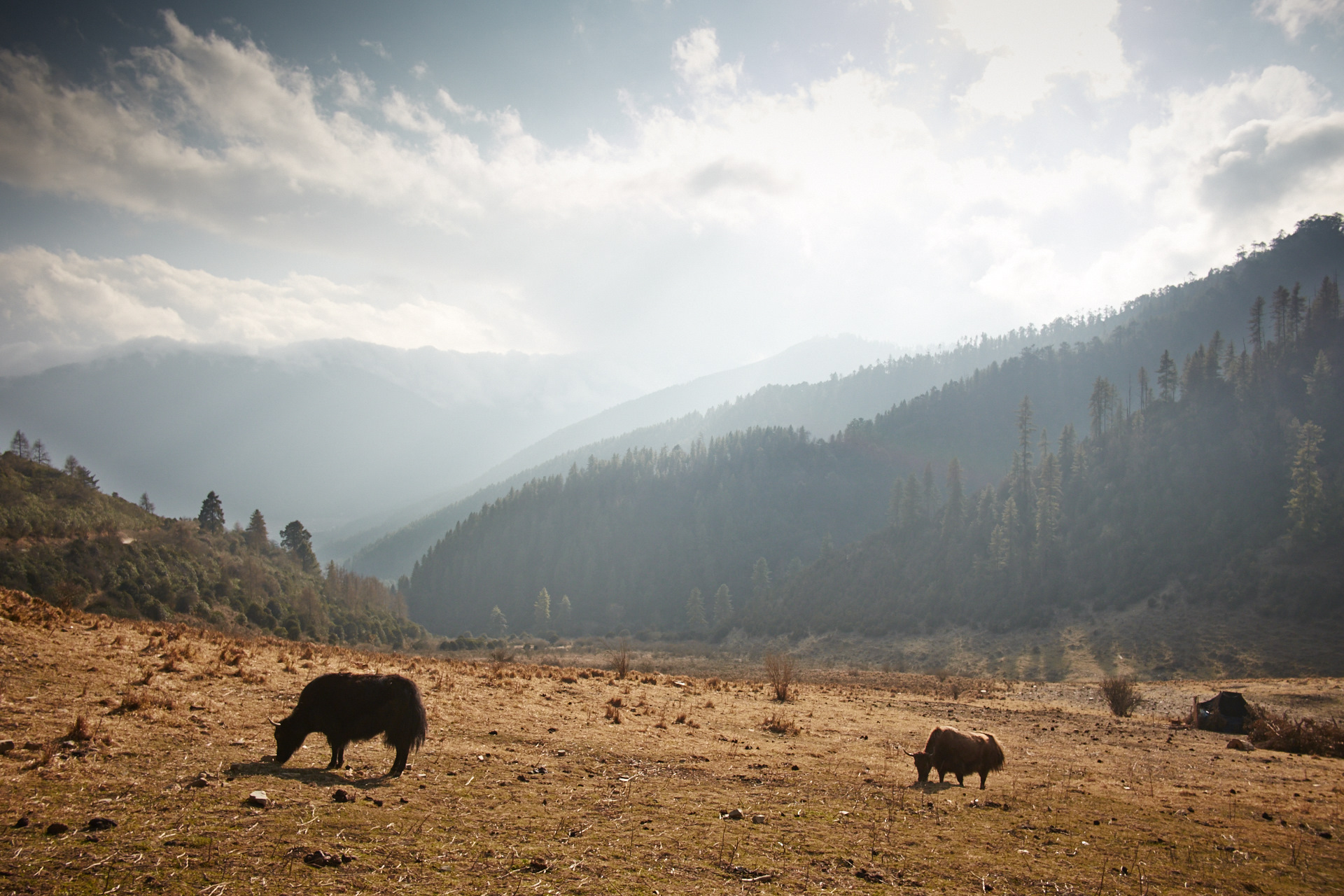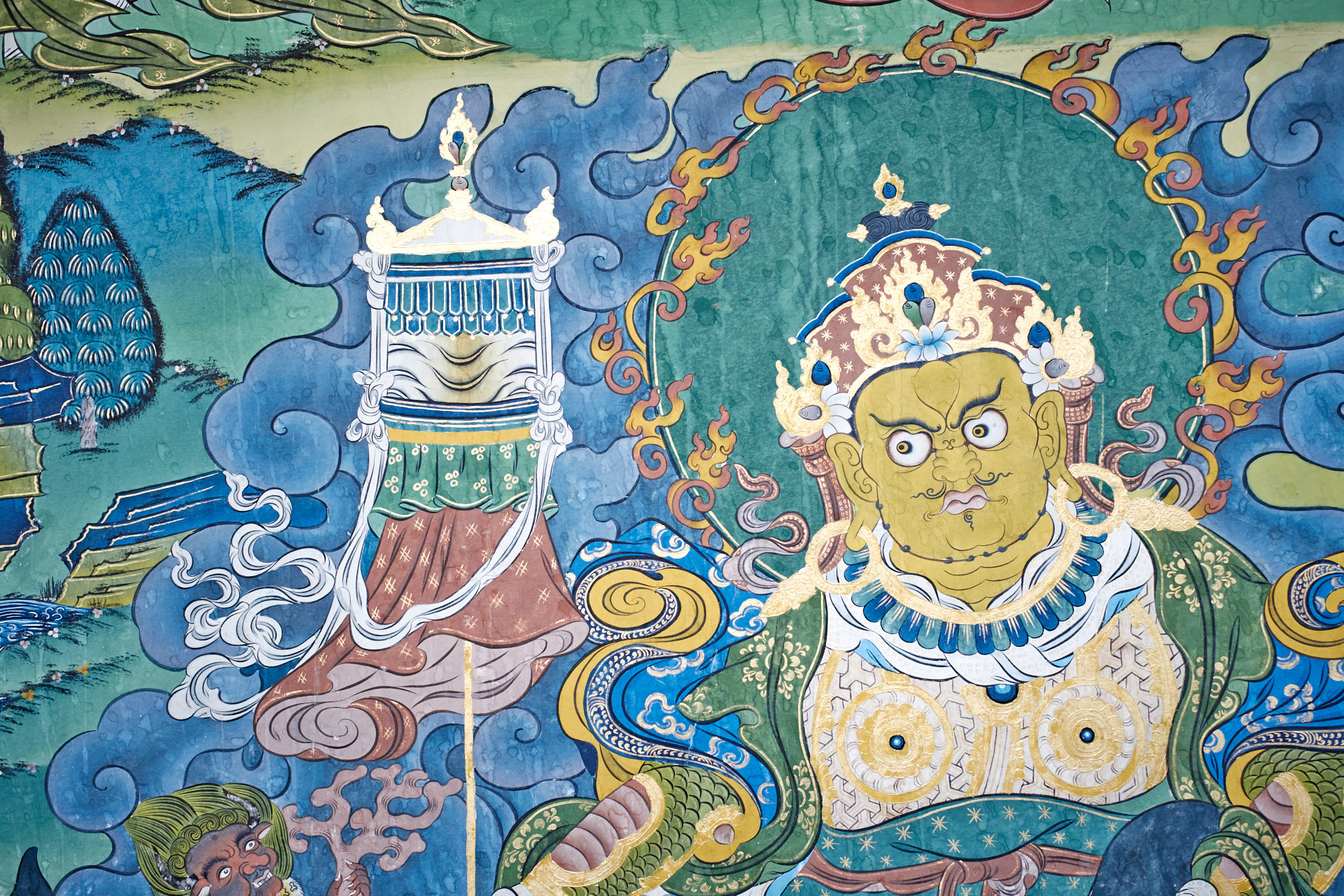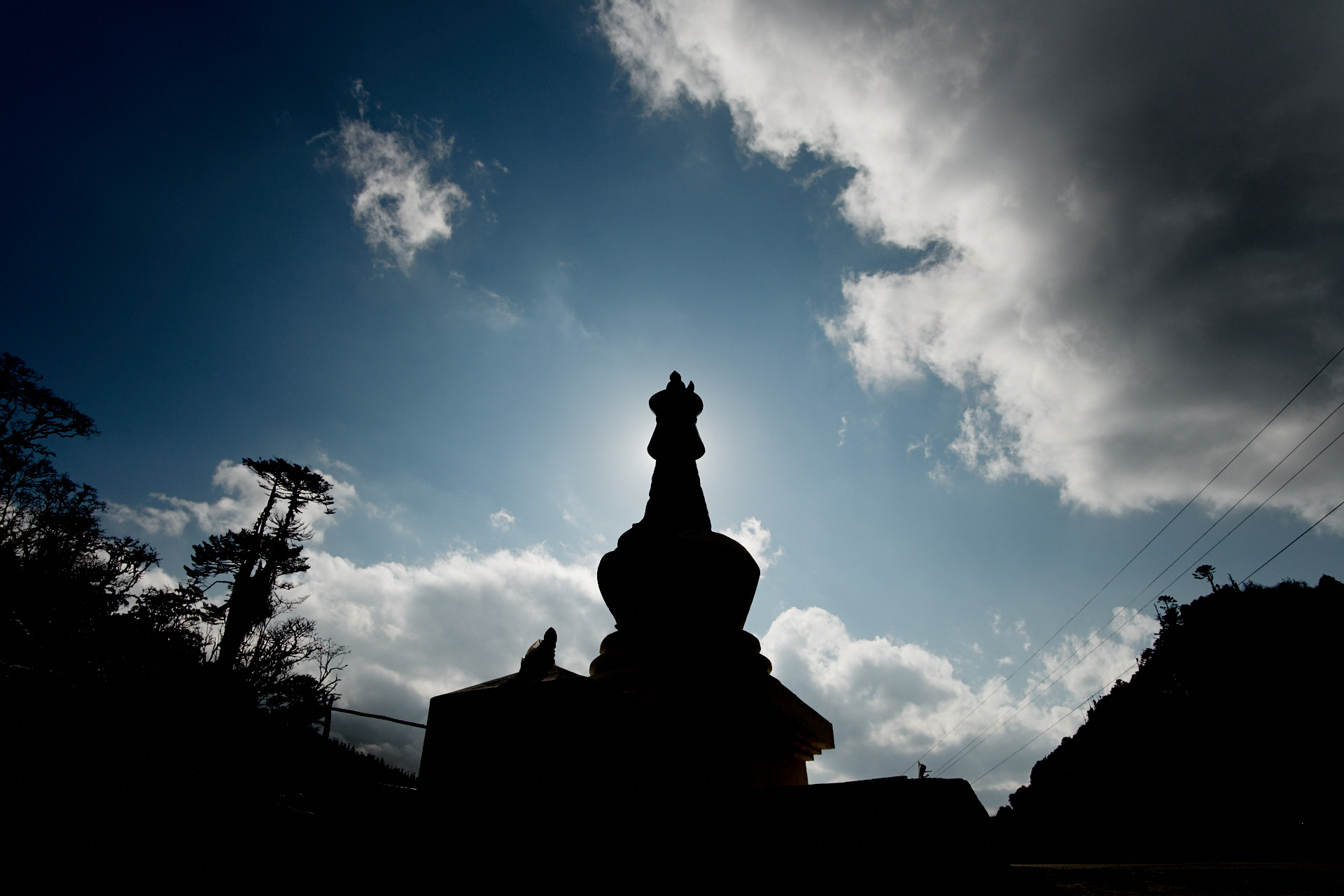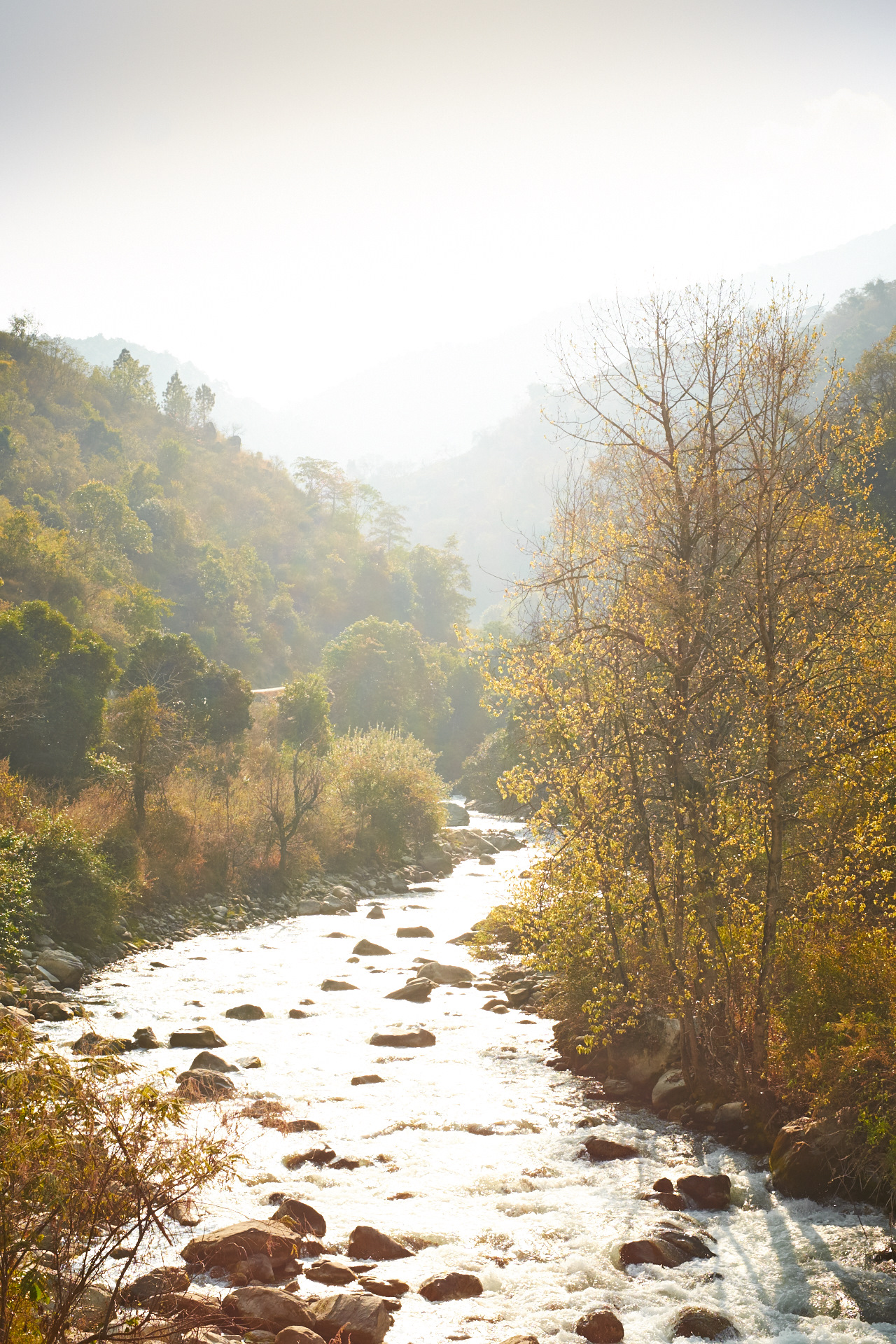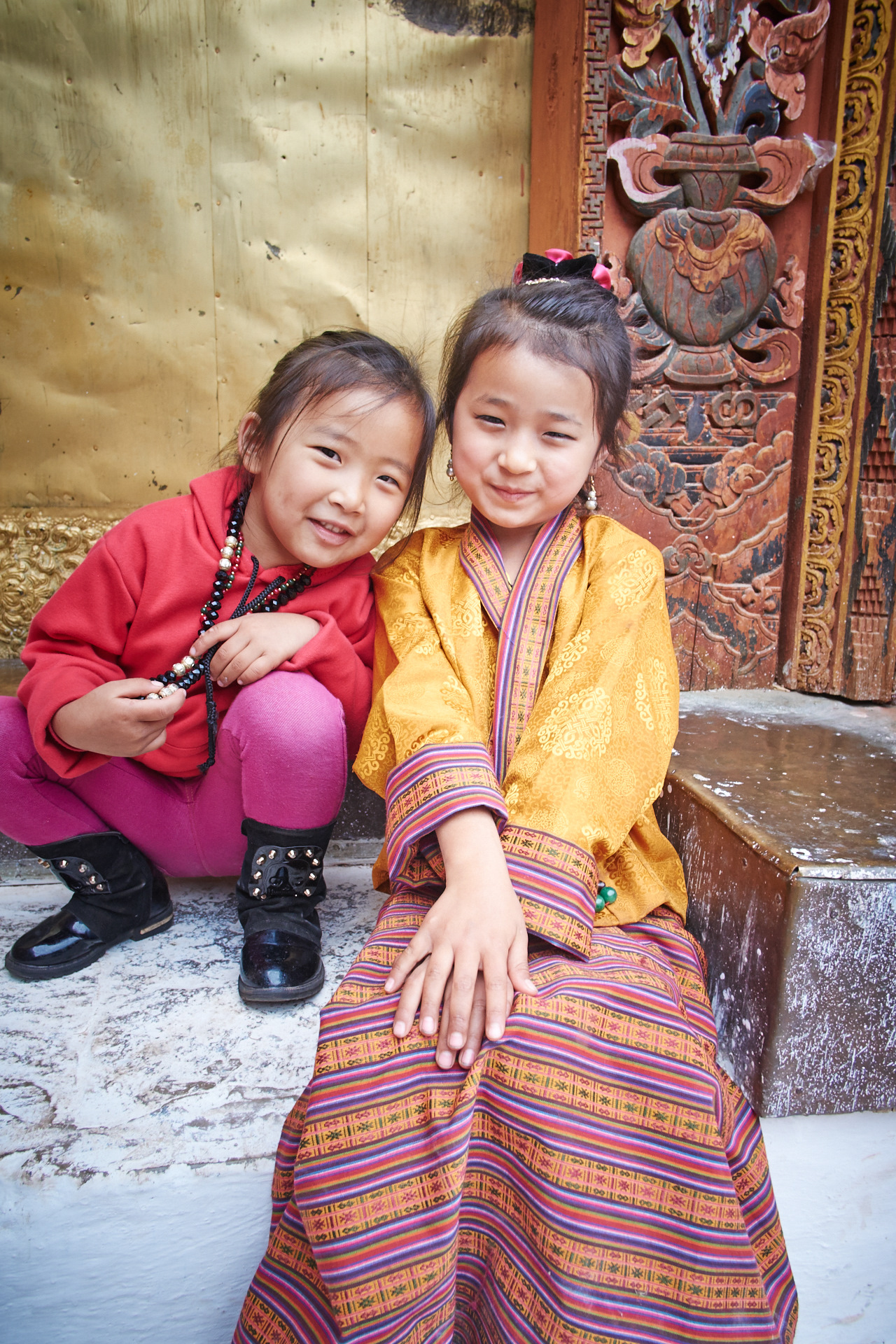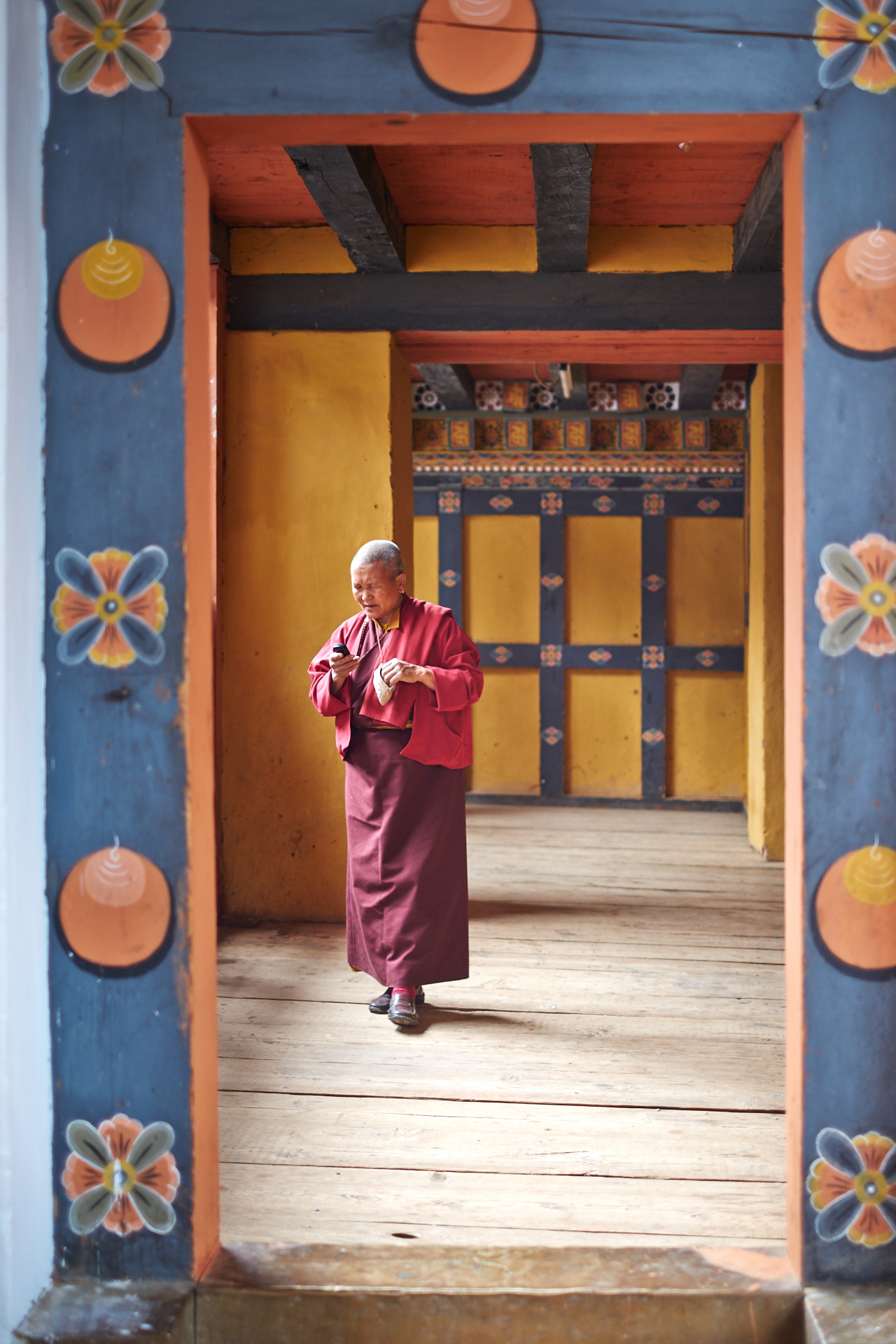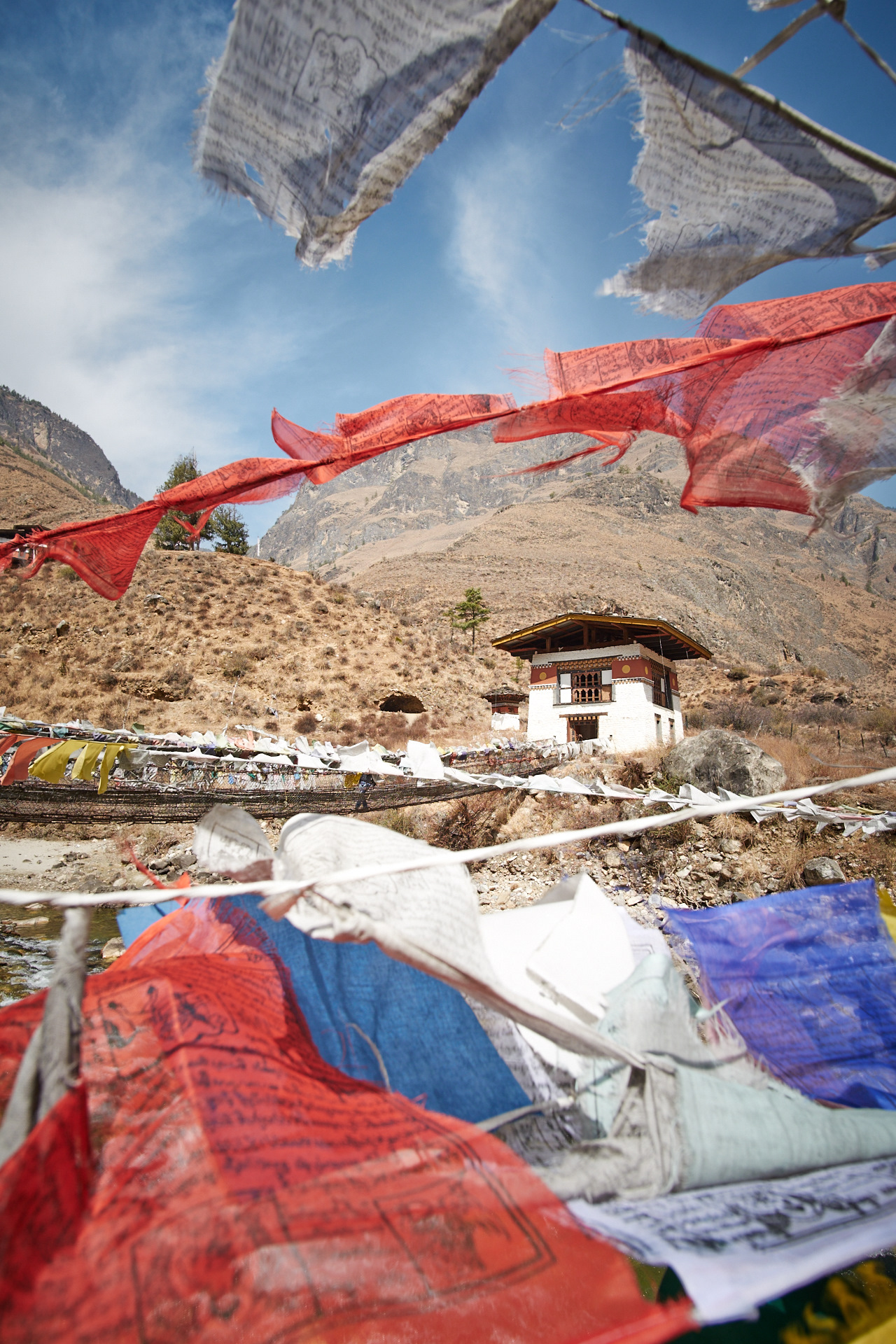Bhutan Scenic Vistas Tour
This adventure is designed to take you beyond the valleys of Thimphu and Paro and explore a variety of Bhutanese scenery and culture. It takes in some high passes and truly grand landscapes, but also leaves time to get familiar with the people of Bhutan and what makes our lifestyle so unique.
It's a short itinerary that takes you deep into the glacial valley of Phobjikha, and then returns back to Paro for your chance to hike up to the Tigers Nest.
As always, adjustments to this itinerary are possible and we look forward to tailoring your schedule to suit your needs.
SAMPLE ITINERARY
Day 1 / Fly to Paro and drive to Thimphu
Your flight lands in the scenic Paro Valley is situated at an altitude of 2280m above sea level. Paro Valley serves as an ideal area for growing an assortment of organic food such as rice, apple, potatoes and other vegetables.
Our tour guide will meet you at Paro airport, traditionally welcomed and after completion of arrival formalities we take a one hour drive to Thimphu, the capital of Bhutan. It is a scenic drive past rice fields, hamlets and mountain villages.
We will stop at the confluence where Thimphu River meets the Paro river with the three styles of stupas commonly found in the Himalayas. These kinds of monuments are built to ward off evil spirits believed to be haunting the places where rivers and spurs meet. The monuments were also used as trail markers as early as 30 years ago. Some of these monuments are built by high monks or by a layman who dedicate the monuments to their deceased relatives and also contains holy Buddhist relics.
En route there will also be ample time to stretch your legs with a short walk to visit a temple at Tachog Lhakhang, or call into one of the roadside stalls selling local fruits and vegetables.
After dropping off your luggage at the hotel we proceed with some sightseeing around Thimphu to give you a chance to orient with the culture and our traditional way of life in Bhutan. Options for the afternoon include exploring the city streets, sightseeing at museums or heading to the Grand Tashicho Dzong. This impressive dzong houses the throne room of His Majesty the King and also various government offices. It is also the summer residence of Chief Abbot and central monk body. This is the most significant landmark in the country and it will be a worthwhile and auspicious beginning to your adventure in Bhutan.
Day 2 / Thimphu
We begin the day with a visit to the Institute for Zorig Chusum (commonly known as Painting School) where students undertake a six year course on the 13 traditional arts and crafts of Bhutan. Other sightseeing highlights include:
National Library; which holds avast collection of ancient Buddhist texts and manuscripts, some dating back several hundred years, as well as modern academic books mainly on Himalayan culture and religion. On display here is, "Bhutan - A visual odyssey", a book conceived and printed by the MIT USA & HP (printers), and is the biggest book in the world.
The Institute of Traditional Medicine; this is where traditional medicine are manufactured and healing are practiced in accordance to ancient scriptures and traditions.
The traditional handmade paper factory displays and demonstrates the bhutanese traditional craft of paper making.
The simply Bhutan Museum; The museum is under the patronage of Her Majesty the Queen Mother and the museum provides fascinating insights into Bhutanese culture and way of life.
Handicrafts Emporium; This government run enterprise displays a wide range of beautifully hand woven textiles and craft products. It also carries a small collection of books on Bhutan, Buddhism and Himalayan culture.
National Memorial Chorten; The building of this landmark was envisaged by the His Majesty Jigme Dorji Wangchuck (the third king) as a monument to world peace and prosperity. It was completed in 1974 after his untimely death and now serves as both a memorial to the Late King (“the Father of modern Bhutan”) and a monument to world peace. The paintings and statues inside the monument provide a deep insight into Buddhist philosophy.
In the afternoon we visit the Buddha Point (Dordenma) which is where one of the world’s largest statue of Buddha is located. The vantage here also offers spectacular views of the capital city.
Day 3 / Thimphu to Punakha
In the morning we journey on a scenic ride to Punakha, the medieval capital of Bhutan. The road traverses across the scenic Dochula pass (3050m). This pass often offers a panoramic view of the eastern Himalayan ranges on the clear days. We stop here to take in the view and admire the 108 stupas which were built to honour His Majesty the King, world peace and for the benefit of all living beings.
En route we enjoy a short and easy walk past villages and rice fields to Chimmi Lhakhang, a temple dedicated to the saint of fertility, the Divine Madman. The saint is revered as a symbol of fertility and most childless couples visit this temple to seek its blessings.
While in Punakha there will also be options to enjoy a nice walk to a nunnery, and see more of the valleys through which the Mo Chu river flows.
Day 4 / Punakha
Our morning begins with a walk across the traditional footbridge that spans across the river into the Punakha Dzong. This is reputedly the longest cantilever bridge in the world. We explore and experience the architectural grandeur of the “castle of great happiness”. The Castle of great happiness is a massive stricture built on the junction of two rivers, the Pho Chu (male river) and Mo Chu (female river). Punakha was the capital of Bhutan until 1955 and the dzong serves as the winter residence of the central monk body. Bhutan's first king was crowned in this dzong in 1907.
Located close by is the Pho Chu bridge where we enjoy a leisurely walk along the longest suspension bridge of the kingdom and some nice refreshing afternoon breeze. To take advantage of the beautiful valley, we will enjoy a picnic lunch by the tranquil riverside.
Later in the afternoon we enjoy a short hike to Khamsum Yulay Namgyal Chorten, this beautiful temple was consecrated in Dec 1999 by Her Majesty the Queen mother. We take in the spectacular views of the valleys to the south and the mighty Himalayas in the north from the viewpoint at the temple.
Day 5 / Punakha to Gangtey
Drive to the town of Gangtey in the Phobjikha Valley. This area is a winter sanctuary for the highly endangered Black-necked Crane that migrate from Siberia, and we make sure to visit the Crane Information Centre before leaving the valley.
A highlight of this day is visiting the Gangtey Monastery, a 16th century monastery located on a ridge that overlooks the valley below. There is an option to make a 2 hour hike through the local nature trail, which is partly covered by woods before heading across the valley and its streams.
Day 6 / Gangtey to Paro
Soon after breakfast we begin the drive back to Paro, making stops along the way for local markets, photographing waterfalls or stretching your legs to view terraced rice fields.
Once back in Paro we tour the Paro Rimpung Dzong, built in 1646 by Shabdrung Ngawang Namgyal the first spiritual and temporal ruler of Bhutan. This dzong houses the monastic body and district administration. We start the tour with the traditional route, across the 16th century cantilever bridge, before heading inside for a closer look at the monks and the inspiring Buddhist frescos.
Later in the afternoon there will also be adequate time to enjoy the souvenir retailers in town, have a very good cup of coffee, or we can visit a farm house in the valley. This will be a good evening to pamper yourself with some spa or massage therapy at the hotel.
Day 7 / Paro
We have a short drive north to begin our day hike to Tigers Nest. This spiritual landmark is an awe inspiring testament to the living spiritual legacy of Bhutan. The hike takes 2 to 3 hours on ascent and 1.5 hours on descent.
The Tigers Nest Monastery (3100m) is among one of the most popular spiritual heritage sites and a cultural landmark in the Kingdom of Bhutan. One of the most venerated places precariously perched on the side of a cliff 900m above the Paro Valley floor. Guru Rinpoche arrived at this spot on a back of flying tigress and meditated here in a cave for three years, and hence it is called "Tigers Nest".
This site has been recognised as the most spiritual of sites in Bhutan and many eminent saints have meditated in this area. It is visited by all Bhutanese at least once in their life time. The monastery defies both gravity and imagination. This hike is also mentioned in the BBC publication called, “1000 places to see before you die".
Lunch and refreshments at the cafeteria which offers an impressive view of the temple. You will be returned to the hotel before the afternoon is out, or if you prefer we can return to Paro township for more sightseeing.
Day 8 / Paro
Today we drive onward to the adjoining Haa Valley via the Chele la Pass (3900m), which is a pristine area known for its luxuriant forests and wildlife.
The pass here offers a great way to enjoy the beauty of mother nature besides the panorama of the mountain scape which includes majestic views of the mount Jumolhari (7314m). We then descend into the serene Haa valley.
This beautiful valley was opened to foreign visitors only in 2002 and remains a seldom visited destination. The winding road descends mostly through forests,some pasturelands,fields of millet, barely, potatoes and wheat. The unique architecture is reflected in the large farmhouses beautifully adorned with intricately painted cornices, frames and the distinctive three tiered windows.
Visit the temples of Lhakhang Karpo (white temple) and Nakpo (black temple). The temples were built by the legendary Tibetan king Songtsen Gampo during the seventh century.The legend recounts how local nomads from the border Tibet had built the temples in a single day, giving the valley its name Haa (Sudden).
We have lunch in Haa Valley followed by an exploration of the rustic Haa town and the adjoining Katso village.
On the way back to Paro, there will also be ample opportunities to enjoy a slightly more demanding hike in the pristine intact environment of Chelai La pass or in Haa.
Day 9 / Paro – Onward Destination
We check in two hours prior to flight departure to ensure the best seats on board, best suited to take in the panoramic view of the Himalayas.
We bid you goodbye and happy travels.
PRICING GUIDE AND INCLUSIONS
High season touring for 9 days will typically cost USD$2450pp for a group of two or more people. The following are included in that price guide:
Transfers and ground arrangements
Government mandated sustainable development fund contribution of US$100/person/night
Deluxe Accommodation
Private chauffeured transport
All Meals
Professional Tour Guide
Entry into museums and parks
Visa for entry into Bhutan
What's not included:
International flights into and out of Paro
Drinks and Alcohol
Laundry
Tipping for your guides

